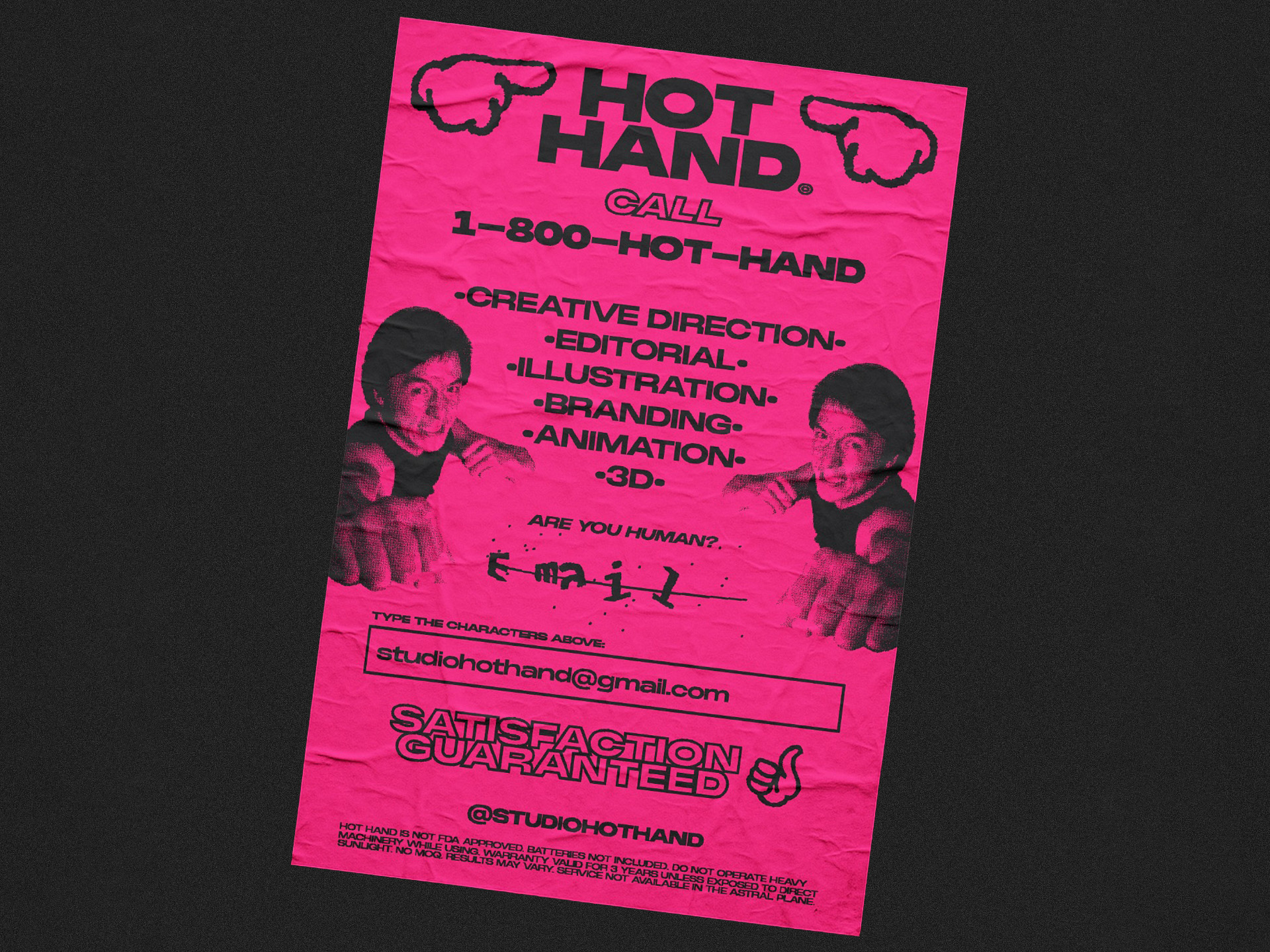What it is
Djavu is a hands-on recording kit for learning and experimenting with sound. Designed primarily for students, but equally useful for musicians and teachers, it makes audio tangible—no DAW required.
How it was shaped
I co-designed the feature set with music professors, borrowing from Ableton Live’s Session view, classic four-track recorders, and looper pedals. The goal is a minimal surface that encourages exploration while teaching core concepts—tempo, time signature, layering, and signal flow.

Interaction model
Six loop slots to record, overdub, mute/unmute, and clear; microphone input for quick capture; setup for tempo (BPM) and time signature with optional quantization; simple transport (arm, record, play/stop); concise OLED feedback for slot states and levels.
Making audio tangible
Students assemble the device and learn by experimenting—from wiring to basic code—connecting what they hear with how it’s built.


Hardware prototype
This prototype runs on a Raspberry Pi with a small OLED, 3D-printed controls, and a rotary/press encoder. The planned final version migrates to a Pi Zero or a smaller microcontroller with a custom PCB for durability, lower cost, and simpler assembly.
Why it’s useful
Djavu turns recording into something you can see, touch, and reconfigure. It supports STEAM by exposing the electronics, code, and audio path, while remaining fun for rapid composition, sampling, and live demos.



